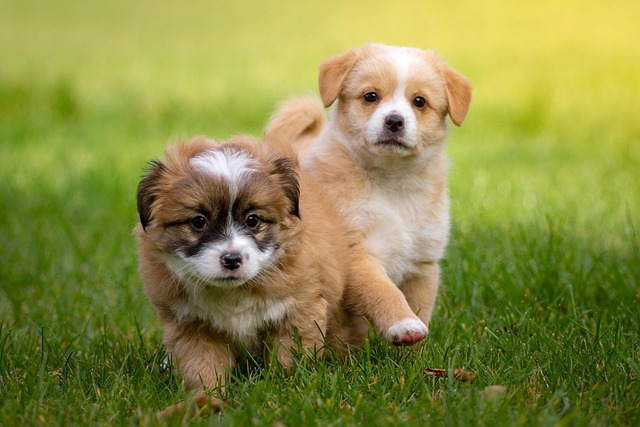
What is glaucoma in a dog?
You might notice your dog squinting more at mealtime or avoiding bright sunlight—these small changes could be early signs of a serious eye condition.
You’re sitting on the couch, watching your dog romp around the living room, and a thought crosses your mind: Is it okay to never clip my dog’s nails? After all, dogs in the wild don’t have someone trimming their claws. For new dog owners in the U.S., this question seems valid, but the reality is more complex, and the answer might surprise you.
In the wild, dogs and wolves keep their nails worn down through activities like digging, running on rough terrain, and scratching. However, domestic dogs lead very different lives. Most spend their time on soft carpets, smooth floors, or gentle grass in parks. Without natural wear, their nails grow continuously. Inside each nail is a sensitive blood vessel called the "quick." As nails grow longer, the quick extends with them. Overgrown nails can curl painfully into the paw pads, causing ulcers and infections. They also alter a dog’s gait, putting extra stress on joints, which can lead to long - term orthopedic problems, especially in larger breeds like Great Danes or Labradors.
If you choose not to clip your dog’s nails, you need to ensure they get enough activity on rough surfaces to wear them down naturally. But even then, it’s rarely enough. The only exception might be working dogs that regularly perform tasks like digging or herding on hard ground. For most pet dogs, regular nail trimming is essential. When trimming, use dog - specific nail clippers and take it slow. For dogs with white nails, you can easily see the quick and trim just below it. For dark - colored nails, trim in small increments and check the tip frequently. If you accidentally cut the quick, have styptic powder on hand to stop the bleeding. Make the experience positive by giving your dog treats and praise throughout the process.

In the American pet - owning community, proper nail care is part of being a responsible pet owner. Just as you’d ensure your dog is up - to - date on rabies vaccines as required by state law, neglecting nail care can impact your dog’s well - being and even pose risks to others. In apartments, long nails can scratch floors and create noise that disturbs neighbors. During community walks, a dog with overgrown nails might accidentally scratch other people or pets, causing distress. And remember, using force or punishment during nail trimming is unacceptable. Instead, use positive reinforcement techniques, like offering a favorite toy or extra playtime after a successful trim.
So, is it okay to never clip dogs’ nails? The short answer is no. Regular nail care is crucial for your dog’s health, comfort, and for maintaining good relationships within your community. With a little patience and the right approach, nail trimming can become a manageable part of your pet care routine.

You might notice your dog squinting more at mealtime or avoiding bright sunlight—these small changes could be early signs of a serious eye condition.

Let’s set the scene: It’s a sweltering Phoenix afternoon—105°F outside—and you rushed your 2-year-old Lab mix, Cooper, on a quick walk to “get it over with.”

Let’s get real: You’re in your Miami apartment, watching your 3-year-old Corgi, Loki, struggle to climb the stairs to your second-floor unit.

Many dog owners brush off occasional scratching as just “dog behavior,” but persistent itching often signals something more—like a food allergy.

You might first notice your dog scratching more than usual—chewing at their paws until the fur looks thin, or rubbing their face against the couch nonstop.

Let’s be real: You’re standing in your Chicago apartment, watching your 3-year-old Beagle, Max, huff and puff just to climb onto the couch.